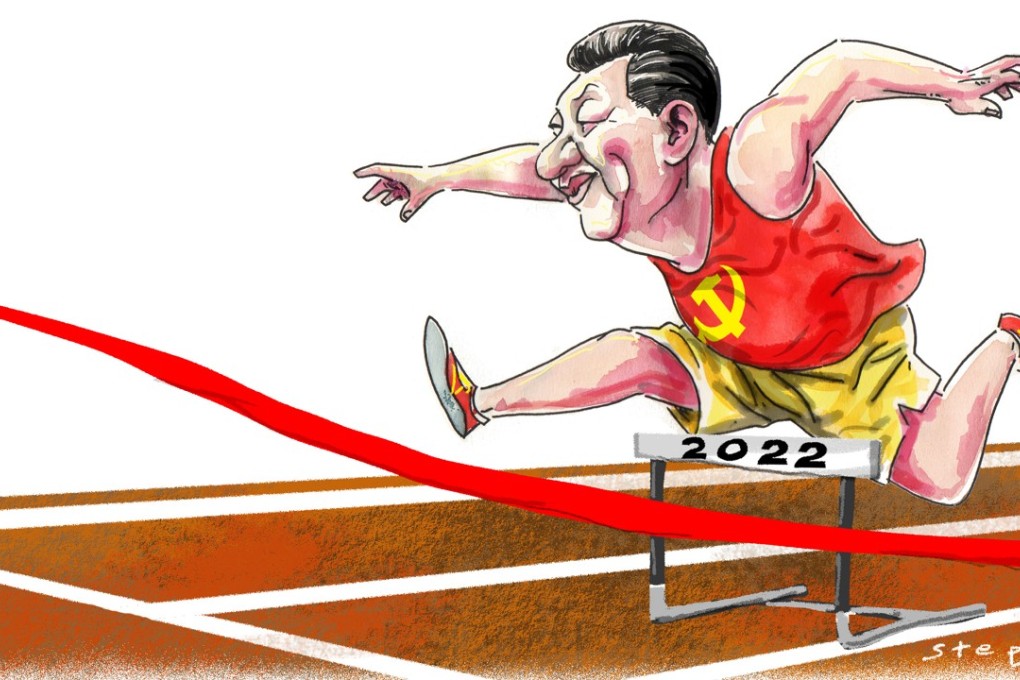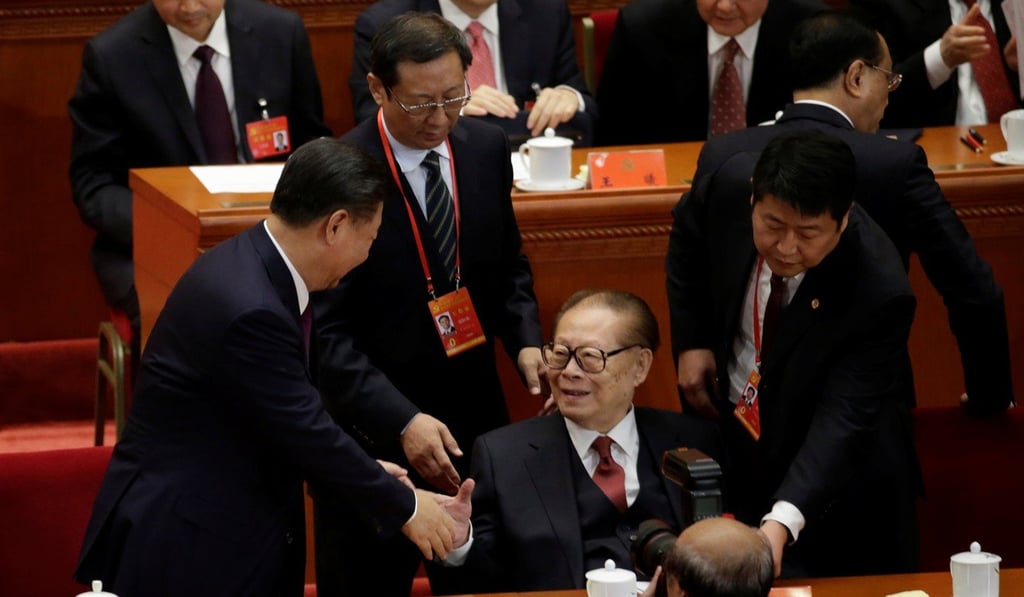Advertisement
Why now? The rationale behind Xi Jinping’s power consolidation
Lawrence J. Lau says the removal of the term limits on the office of China’s president would seem to signal Xi Jinping’s resolve to continue his anti-corruption campaign and economic reform agenda, while pre-empting any challenge to his power
Reading Time:4 minutes
Why you can trust SCMP

The news that China’s constitution may be amended by the National People’s Congress to remove term limits for the president and vice-president has aroused significant reactions around the world. The existing constitution limits the president, vice-president and members of the NPC to two consecutive five-year terms. There are fears that China would become more authoritarian and dictatorial with such an amendment, and that a president might serve for life.
Advertisement
However, it is important to observe that the president, as the titular head of state, actually has no real power under the Chinese constitution. The real executive power and authority are vested in the Communist Party and exercised through its general secretary. In the past several decades, the general secretary has frequently served concurrently as the president, but not always. For example, while Jiang Zemin served as general secretary from 1989 to 2002, Yang Shangkun served as president from 1988 to 1993, and was then succeeded by Jiang.

What matters most is the general secretary. In the Communist Party charter, there is no specified term limit for the general secretary, even though there has been an informal customary and unwritten rule since the 16th National People’s Congress in 2002, that no one older than 68 will be appointed or reappointed to membership of the Politburo Standing Committee, which includes the general secretary. Xi Jinping, aged 64, only began his second term as general secretary in late 2017. For him to retain authority and power beyond the end of his current term, he needs to be re-elected to a new term at the 20th National People’s Congress, expected to be held in late 2022, when he will be 69, just over the unwritten limit of 68.
The ‘eight immortals’ who jockeyed for control of a nation
The unwritten rule can be changed at the time if necessary. But it is neither necessary nor sufficient to remove the presidential term limit from the Chinese constitution for Xi to continue to lead the party because the general secretary and the president are two separate positions.
In fact, Xi’s second term as president has yet to begin. The absence of an explicit term limit does not necessarily imply that the current two-term limit will be exceeded. For example, there was no presidential term limit in the United States in the 162 years between 1789 and 1951, during which 33 different presidents served, but only one president, Franklin D. Roosevelt, served more than two terms, because the US was in the midst of the second world war. In fact, quite a few presidents did not serve more than one term. In any case, the voters were free to decide whether enough was enough in the absence of a term limit.

Advertisement